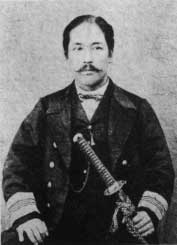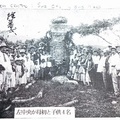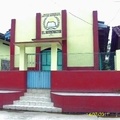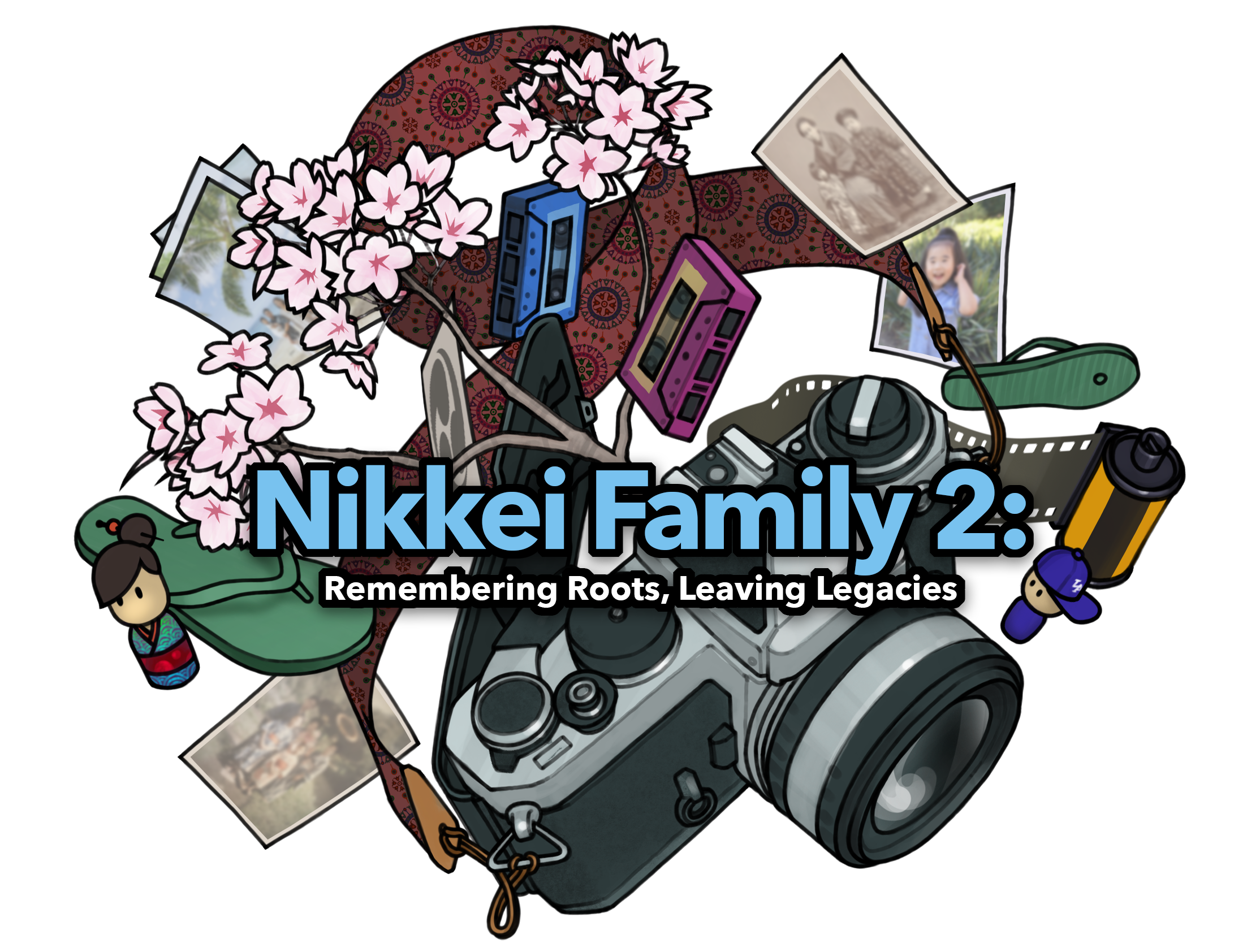It can be said that from the end of the 19th century to the third part of the 20th century, the migration process from Japan represented a strong presence in terms of the formation of Japanese communities in Latin American countries. Event that arises from the restoration of the Japanese State, during the Meiji period. Time in which international agreements were negotiated, which allowed the emergence of a colonization project, framed under foreign relations policies.
It is under this context that the formation of the first Japanese colony (Enomoto colony) in Soconusco Chiapas, Mexico, becomes important. Project that was commissioned by the then Minister of Japan, Viscount Takeaki Enomoto. That is why, when talking about the Japanese migration process to Latin American lands, it is important to keep in mind the history of the first Japanese settlers, who arrived in Mexican lands in May 1897.
Well, it was they who traced the routes for new immigrations within the legal framework of the international agreements agreed between Mexico and Japan. Project that was later extended to Peru in 1899, Brazil in 1900 and Argentina in 1908, thus consolidating trade bridges with the country of the rising sun, which by then had established itself as the promoter of prosperity for developing nations. , through emigration policy.
It is through this historical framework that the first official contact of diplomatic relations between Mexico and Japan took place in 1875, through a scientific expedition promoted by the government of then President Porfirio Díaz. The reason was the approach of the planet Venus to Earth, where a group of Mexican observers traveled to Japan in 1874 led by the undersecretary of communications of Mexico, and astronomer Francisco Díaz Covarrubias.
At that time, the social situation of Mexico was being reconsidered under the policy of foreign colonization, while the central ideas were based on the assumption that the national territory was practically unpopulated and its vast natural resources should be worked for economic development. national. Therefore: “Turning Mexico into a nation of immigrants would also contribute to consolidating the liberal modernization project undertaken by Porfirio Díaz” (Salazar Anaya, 2003:52).
After a series of agreements regarding colonization policies, two laws were enacted; that of 1883 and 1884. It is through these immigration policies that it was thought to contribute to the alternative for national order and progress. Resulting in the colonization project agreed on November 30, 1888, by the governments of Japan and Mexico. Carrying out the signing of the first colonization agreement with Japan under the principle of equality, celebrated on January 29, 1897, granting Viscount Takeaki Enomoto the extension of 65,000 hectares, for the purpose of colonization in the Mexican southeast in the city from Escuintla Chiapas.
Takeaki Enomoto, who was Minister of Foreign Affairs, had shown interest in colonization, therefore, under this interest he sent Japanese scientists to study the lands of Mexico from north to south, with the aim of identifying the most productive and fertile lands for the Agriculture. After six months of research, the report describing the social and economic situation of Mexico was delivered in 1893. This report described a completely rural context, which served as an argument for Takeaki to carry out two new studies, but this time in search of lands susceptible to colonization in southern Mexico.
In this way, the areas studied were Soconusco in Chiapas, Oaxaca and Guerrero: “The climatic conditions, the risk and quality of the land, the agricultural products that were exploited, the labor force and the possibility of building a port to facilitate the transportation of products” (Ota Mishima, 1985:36). The arduous and meticulous research process, which lasted 173 days, led by Tadashi Nemoto and Eng. Agronomist Bunzo Hashiguchi allowed the Japanese government to consider the Soconusco area as the ideal place to undertake what was the first Japanese immigration to this country and Latin America.
Traces of the Enomoto Colony in Soconusco, Chiapas.
The history of Japanese emigration to Mexico originated on March 21, 1897. Date on which a group of Japanese immigrants formed by 35 members, carrying the name “Enomoto Colony”, set sail from the port of Yokohama, with the objective of growing coffee in Mexican lands.
The trip was made in a period of 47 days aboard an English ship named “Garlick” arriving at the port of San Benito, today the port of Chiapas, on May 10, 1897. It is from this port where the Japanese colonists undertook an arduous 35 kilometer walk under the hot sun, to the city of Tapachula Chiapas. Resting for 3 days there, to recover from the trip and thus begin a new 81 kilometer walk to the city of Escuintla Chiapas. Place where they arrived on May 16 and later on May 18 took possession of their lands, setting the date of the founding of the Enomoto colony on May 19, 1897. It is from this moment that the first colony was consolidated. Japanese in Mexican lands.
With the establishment of the 35 Japanese settlers in Chiapas lands, the mission of the migration project was undertaken, beginning to plant corn, rice and wheat. Project that did not have greater scope due to the “lack of boundaries and the widespread practice of grazing caused all cultivation to fail, including coffee, since the lands were not suitable, nor did the colony have the economic means to start it” ( Bonfil, 1993:411).
The problems that the Enomoto colony faced were not only the difficulty of planting coffee trees, but also: high temperatures, abundant rains that prevented planting, as well as yellow fever and malaria diseases. In addition to this, the economic situation was another factor that had an impact on the objectives of the colony, which after a few years ended up dissolving, leading some colonists to decide to return to Japan, others to emigrate to the center of the country.
The difficult situation that the Enomoto colony went through forced 18 members to go in search of the Consul and General Yoshibumi Murota who was in charge of providing information to Japan about the work of the colony. When the government of Japan and Viscount Takeaki Enomoto learn of the failure of the first colonization, they send “Kawamura Naoyoshi and Kobayashi in December 1897, in order to repatriate the colonists. Seeing that they did not want to return, advised by Consul General Murota, he began the reconstruction of the Enomoto colony in Escuintla.” Irie Toraji (1938), cited by Ota Mishima (1985:44).
The reconstruction of the Enomoto colony responded to the project led by the Fujino immigrants, who supported the formation of the first colony. While this was happening, the moral commitment on the part of the Japanese settlers motivated them to continue working on planting, eventually being able to obtain some crops. This news was commented on by the newspaper of the city of Tuxtla Gutiérrez Chiapas, “the observer” which said the following.
Agriculture in Chiapas.
Few of the agricultural colonies in Mexico have seen their efforts carried out as quickly as those founded in the State of Chiapas, by a group of Japanese farmers. Mr. Murota, Minister of Japan in Mexico, has recently paid a visit to his compatriots. He found them in full prosperity, very satisfied with their crops and the security they enjoy in that part of the Republic.
Chiapas, no one ignores it, is a privileged region among all. The soil, of amazing fertility, produces coffee, vanilla, cocoa, rubber, etc., etc.
This wealth, together with the tranquility that reigns in the State, thanks to the prudent and progressive administration of the current Governor, will soon make it one of the most important agricultural centers in Mexico.
Source: Agriculture in Chiapas (1898, May 29). The Observer Volume I. Tuxtla Gutiérrez, Chiapas No. 16. Page 4.
Although the Enomoto colony managed to make significant progress in planting, the project definitively failed in the 1900s, leading to the complete separation of the Enomoto colony.
Once the first Japanese immigration was dissolved, he discouraged Viscount Takeaki Enomoto from continuing with the colonization project, so he ceded his rights to Tatsujiro Fujino, who in 1901 sent Sutezo Misumi to investigate the possibility of recovering the remains of the colony. . The following year (1902) he was sent again, accompanied by Tsunematsu Fuse, as manager to dedicate himself to the reform of said area. With this, the formation of the “second Enomoto colony” also called the Fujino immigrants arises.
So far two important events can be identified, which marked significant processes for the historical construction of this Japanese migration. The first responds to the fragmentation of the Enomoto colony, an event that forced the majority of its members to emigrate and forget all colonization objectives. The second responds to the campaign of the Fujino immigrants, who aimed to rescue and support the rest of the colony, as well as to continue with the Takeaki colonization project.
It is during this process of diaspora and reconstruction that the creation of three societies became important: the Nichiboku Kyodo Gaisha Cooperative Society (1906 - 1920), the Kohashi-Kishimoto Society (1899- 1942) and the Fujino farm. Societies that consolidated the economic development of the settlers, as well as the inhabitants of Escuintla.
© 2012 Martín Yoshio Cruz Nakamura










